Latest
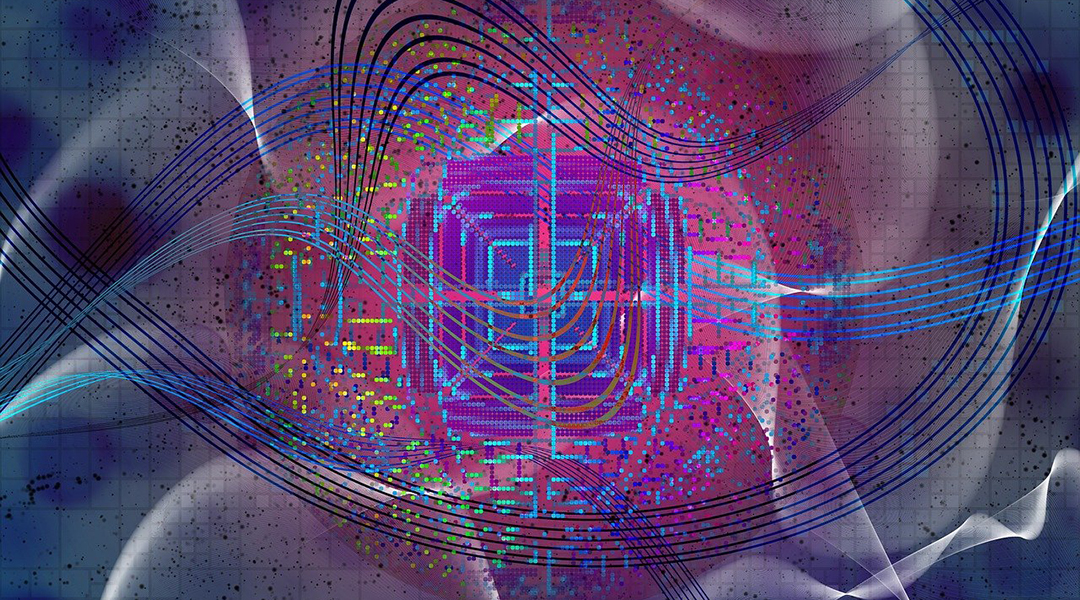
New antenna design promises major advances in quantum sensing
An antenna designed to create an optimized magnetic field puts electrons into the required quantum states for quantum sensing devices.
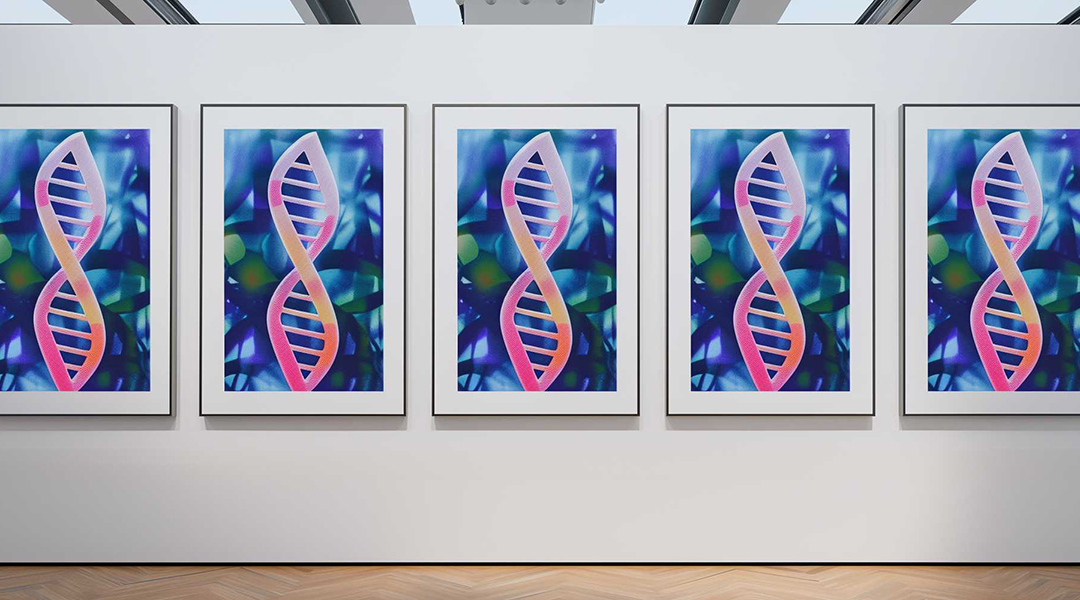
Quantum proofing passwords and artwork with DNA encryption
Chaotic pools of DNA could be the future of encryption, proving authenticity of artwork or securing passwords against quantum computers.
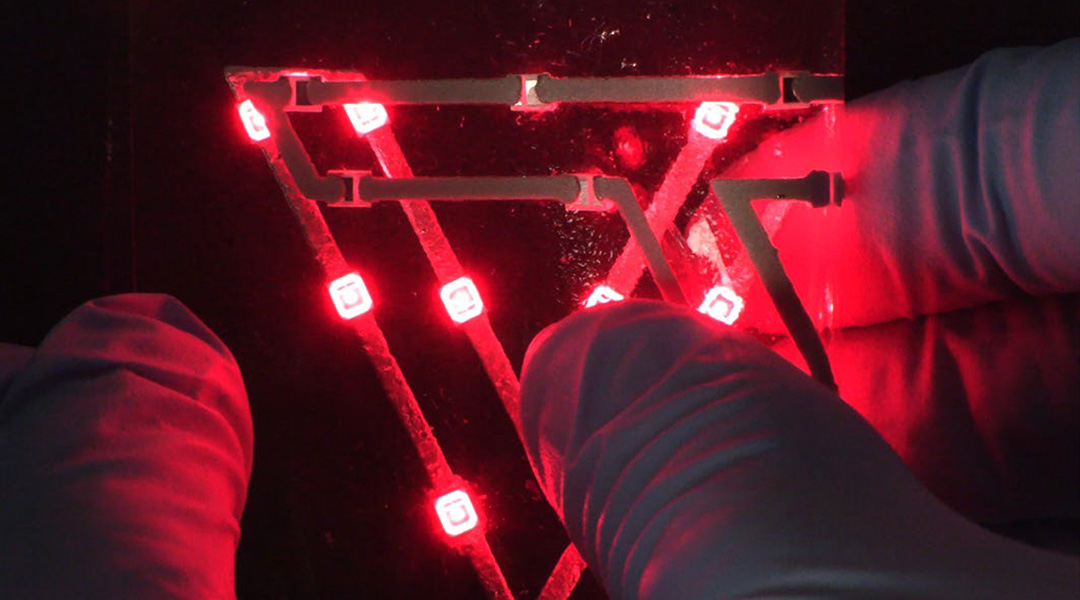
Liquid metal adhesive holds fast for durable, flexible electronics
E-CASE liquid metal adhesive enables flexible connections to make better, tougher flexible electronics for wearables and robotics.
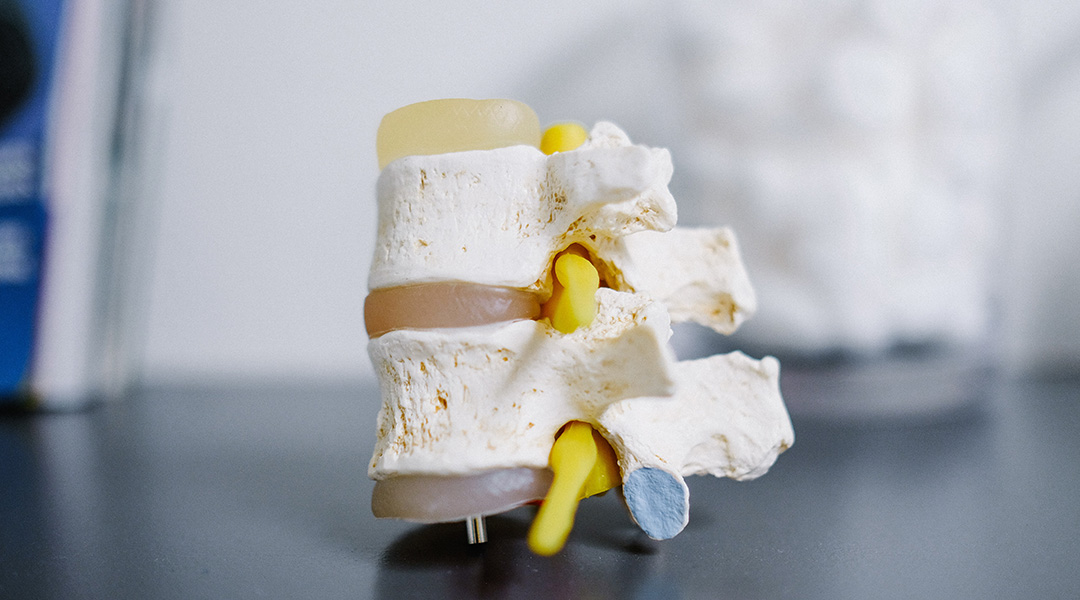
An anti-inflammatory peptide may hold the key to low-back pain relief
Scientists unravel how an inconspicuous peptide found in the spine may reverse disc degeneration to one day help treat chronic low-back pain.
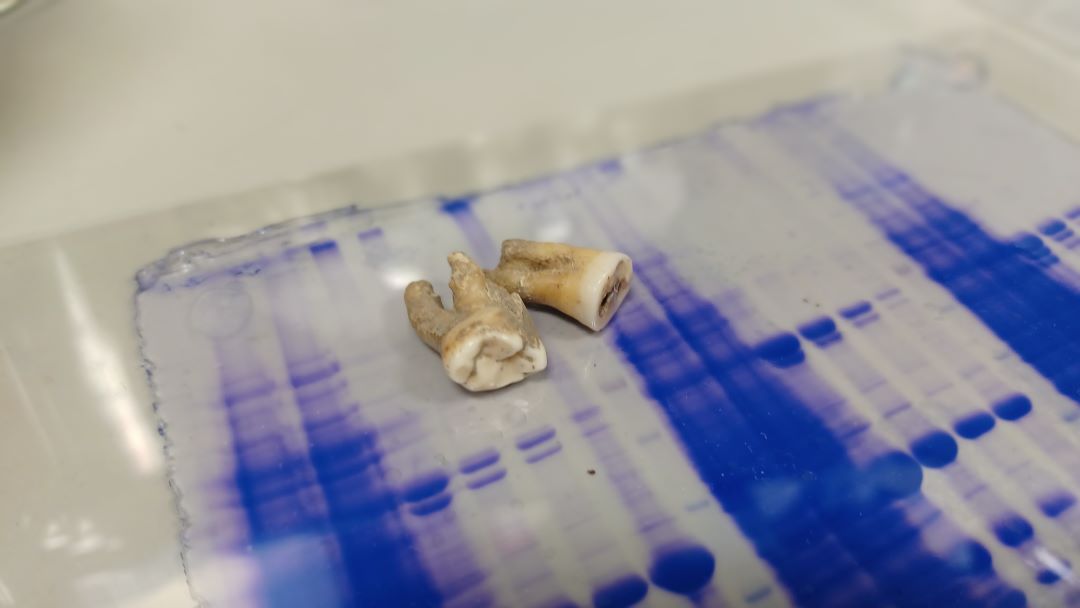
Centuries-old antibodies recovered from ancient teeth
Research teams from the UK have isolated antibodies preserved for 800 years in ancient teeth and found they are still able to bind viruses that infect humans today.
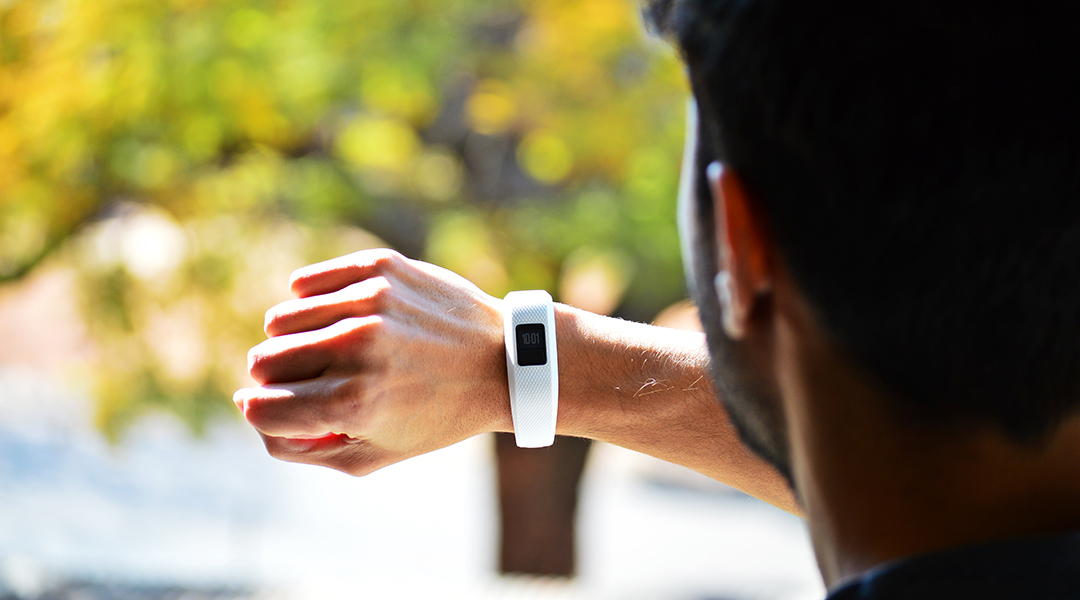
Powering wearable health monitoring devices without batteries
A battery-free wearable device wirelessly monitors health using body heat for continuous power.

A deeper look at quantum tunneling lays the groundwork for new discoveries
Vital to the fusion process and used in a wealth of technological applications, new research shows quantum tunneling is still delivering surprises.
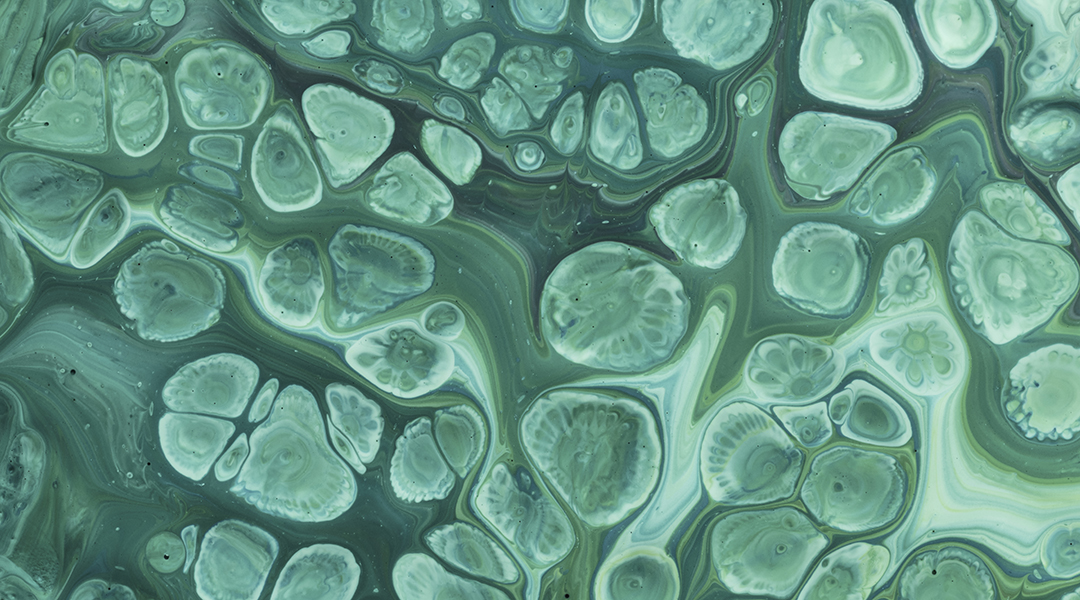
Thin film improves “usable light” needed to grow microalgae on industrial scales
A textured film maximizes sunlight by generating an increased amount of red light, reducing the costs of algae production on a significant scale.
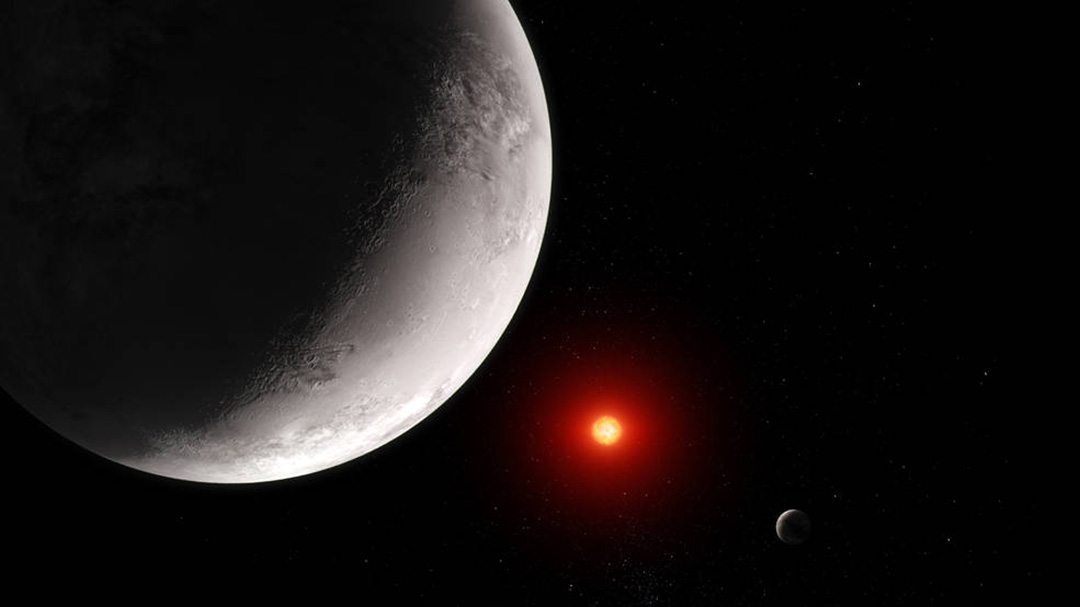
Lack of thick atmosphere for Trappist 1c shows JWST is ready to hunt for signs of life
Recent investigations of this rocky exoplanet signify a significant milestone in planetary science and for the James Webb Space Telescope.

An isolated blob unveils secrets of turbulence
Turbulence is hard to control, but a turbulent blob created using vortex rings provides fundamental insights into this elusive state of matter.
ASN Weekly
Sign up for our weekly newsletter and receive the latest science news directly to your inbox.

How does rotation affect the quantum properties of electrons?
A study explores how the behavior of electrons changes on the mesoscale under magnetic fields and rotation.
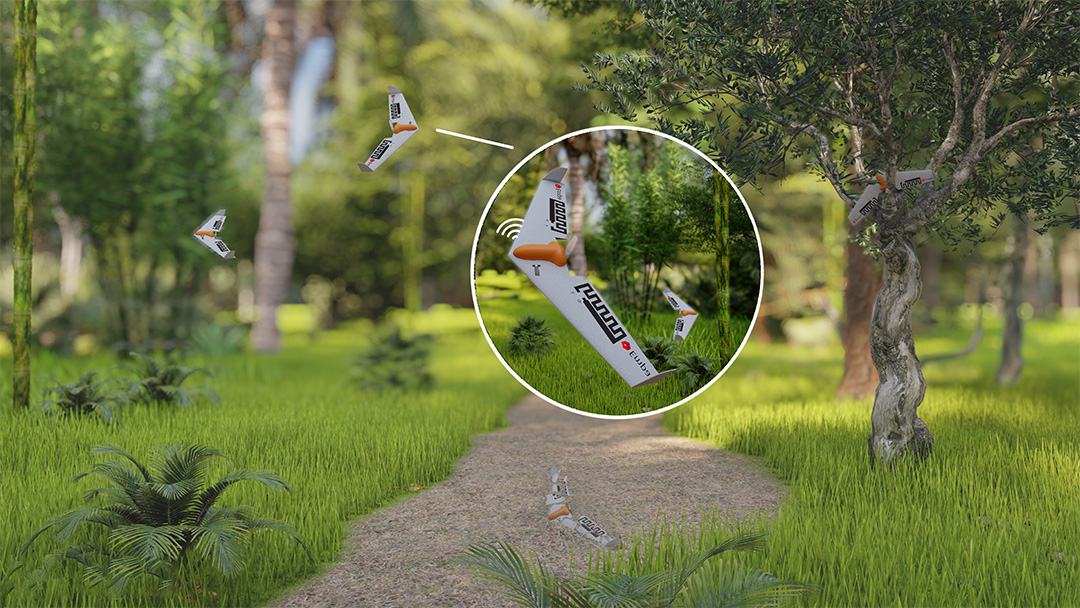
A biodegradable drone for environmental monitoring
The forest floor should be able to make a meal out of this new drone made of almost completely from biodegradable parts.

Searching for the true theory of electromagnetism
Scientists probe cosmic microwave background and black hole radiation to test our understanding of electromagnetism.
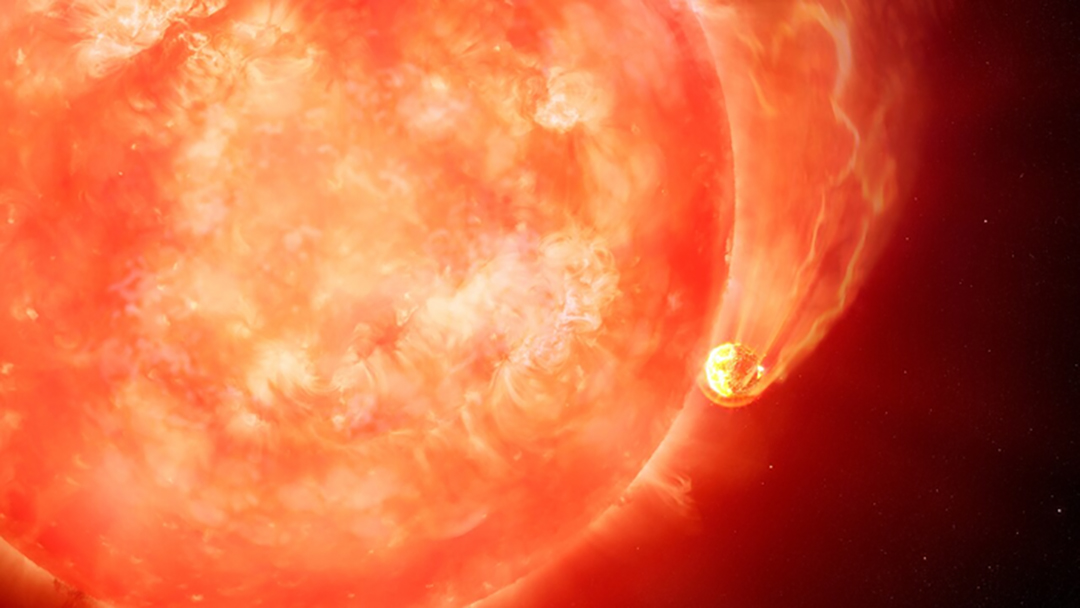
Dying star caught by astronomers enjoying planet-sized last meal
The observations of the death-row star and an unfortunate planet give us an advanced preview of Earth’s final fate.
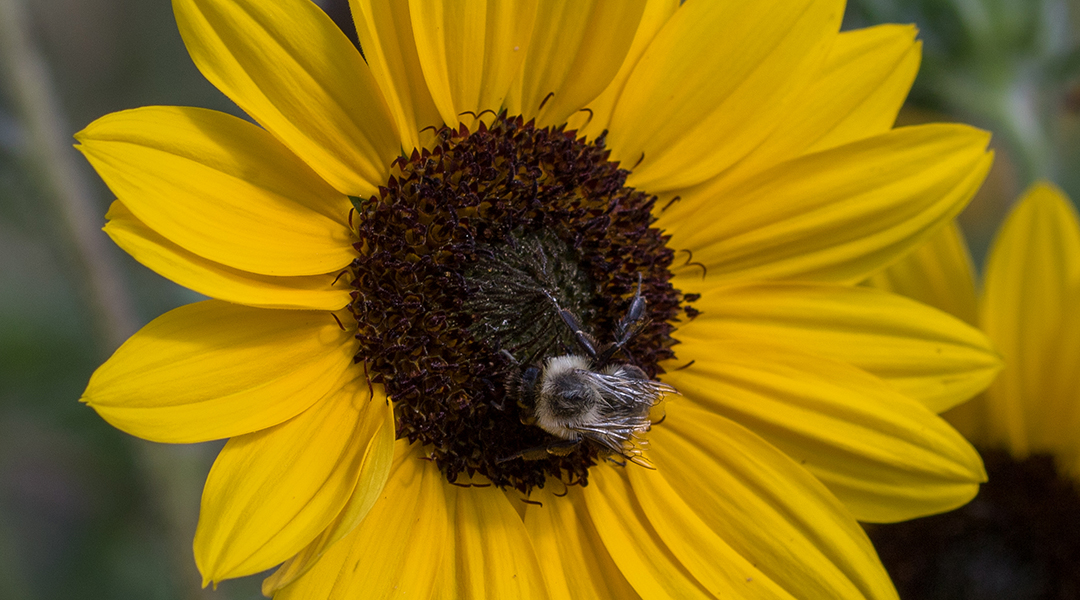
How sunflower pollen protects bees from pathogens
Planting sunflowers in pollinator habitats can boost bee health by providing them with pollen that protects against intestinal pathogens.
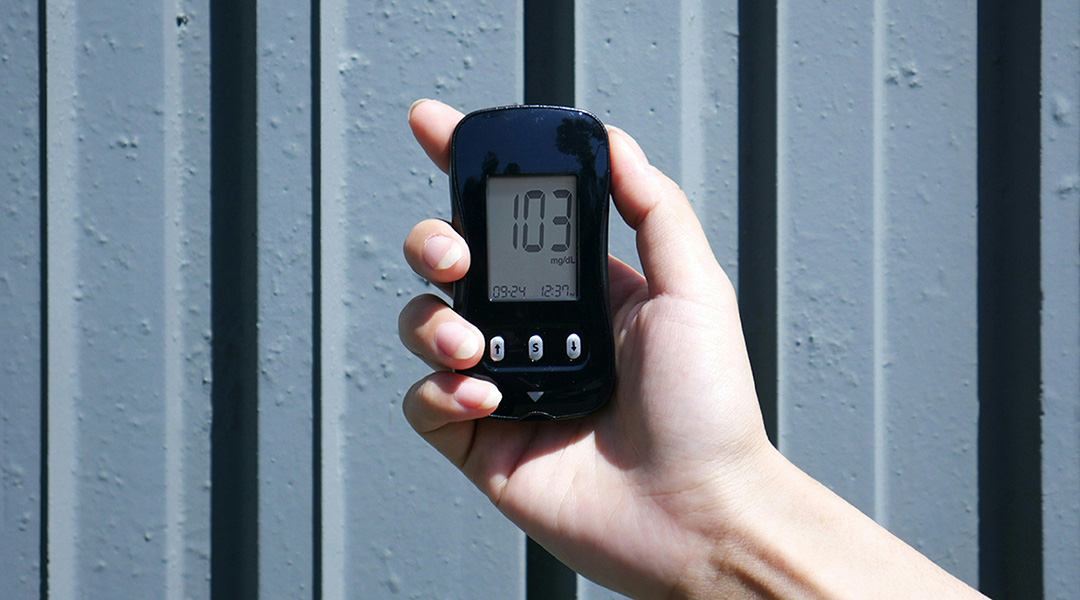
Wearable patch monitors blood sugar via sweat
An energy-harvesting wearable patch continuously monitors blood sugar levels via sweat to prevent hypoglycemic events in diabetic patients.
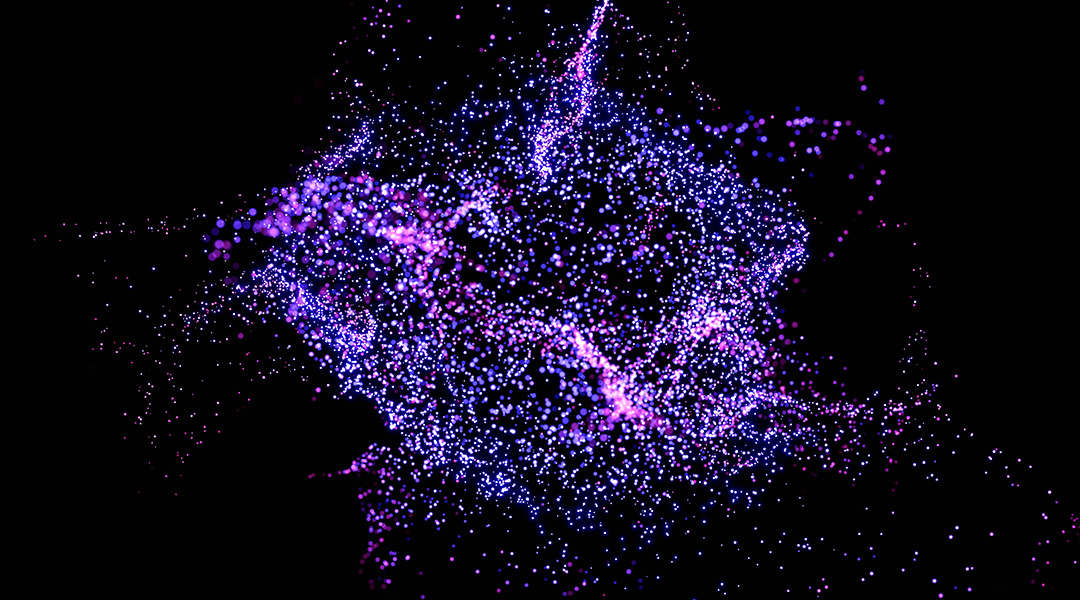
Nanovehicles take aim at tumor cells for better chemotherapy
Nanoparticles with innovative coatings target tumor cells, enhancing chemotherapy effectiveness while minimizing side effects.

Are dietary supplement labels accurate?
A new study finds that prescription generic galantamine and the over-the-counter supplement are not created equal, despite label claims.
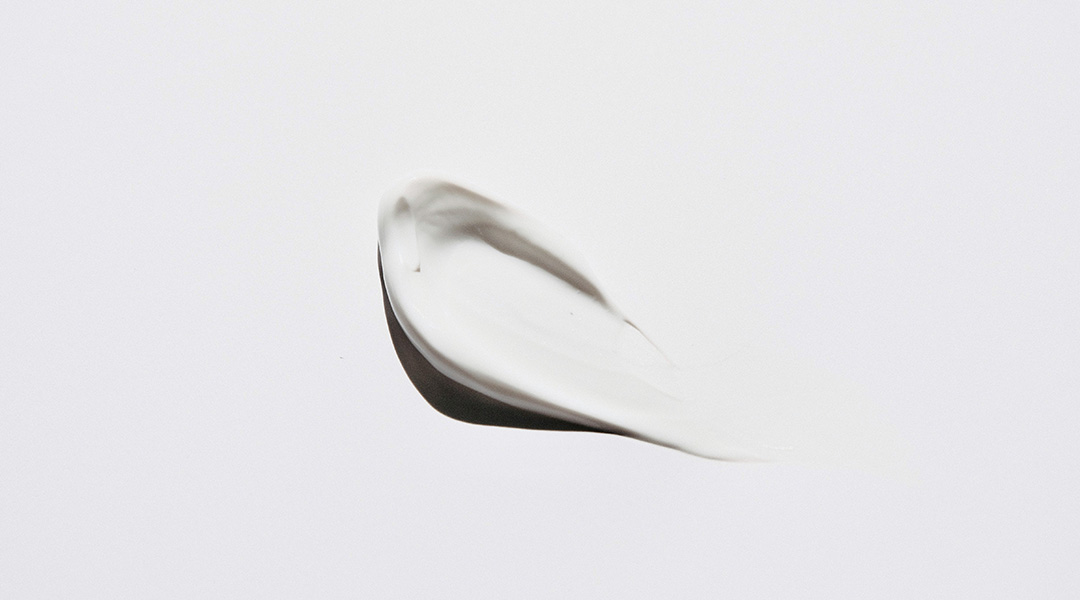
Plant-based sunscreen ingredient gets a much-needed boost
Scientists have stabilized the natural product sanshool, a promising active ingredient for sunscreen and skincare products.
Wearable patch monitors blood sugar via sweat
An energy-harvesting wearable patch continuously monitors blood sugar levels via sweat to prevent hypoglycemic events in diabetic patients.
Nanovehicles take aim at tumor cells for better chemotherapy
Nanoparticles with innovative coatings target tumor cells, enhancing chemotherapy effectiveness while minimizing side effects.
Are dietary supplement labels accurate?
A new study finds that prescription generic galantamine and the over-the-counter supplement are not created equal, despite label claims.
Plant-based sunscreen ingredient gets a much-needed boost
Scientists have stabilized the natural product sanshool, a promising active ingredient for sunscreen and skincare products.

Scientists observe the elusive demon particle for the first time
First predicted in 1956, scientists have stumbled upon a massless, neutral particle that does not interact with light, colloquially named the “demon particle”.

Muons help explore physics beyond the Standard Model
Enhanced experimental precision has the potential to either confirm or dispel uncertainties surrounding the Standard Model of Physics.

Radio emissions reveal unprecedented oscillations in black hole radiation
Previously unobserved frequency changes in radio signals detected in a black hole binary system could change our understanding of black hole physics.

Understanding gravitational waves: Ripples in spacetime explained
The universe is ringing with gravity, but humanity is only just beginning to hear the nuance of this cosmic symphony.
Scientists observe the elusive demon particle for the first time
First predicted in 1956, scientists have stumbled upon a massless, neutral particle that does not interact with light, colloquially named the “demon particle”.
Muons help explore physics beyond the Standard Model
Enhanced experimental precision has the potential to either confirm or dispel uncertainties surrounding the Standard Model of Physics.
Radio emissions reveal unprecedented oscillations in black hole radiation
Previously unobserved frequency changes in radio signals detected in a black hole binary system could change our understanding of black hole physics.
Understanding gravitational waves: Ripples in spacetime explained
The universe is ringing with gravity, but humanity is only just beginning to hear the nuance of this cosmic symphony.
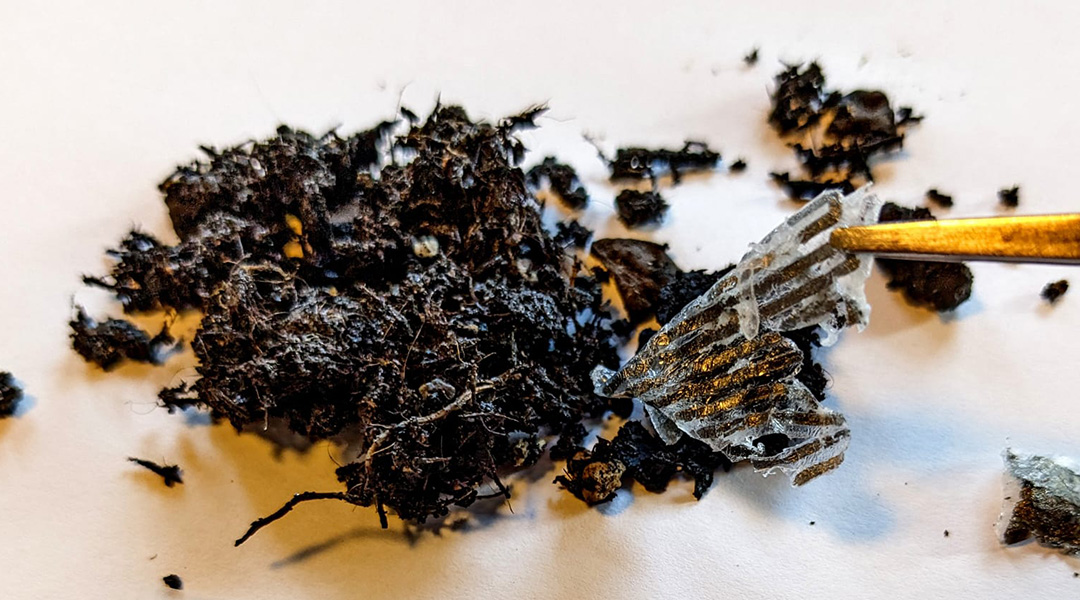
Cellulose could replace plastics in flexible electronics
Discover how cellulose may revolutionize flexible electronics, replacing plastics in eco-friendly, sustainable substrates for innovative devices.

How label-free, super-resolution imaging will push microscopy’s limits
New research lays out the future of a pioneering form of electromagnetic imaging.
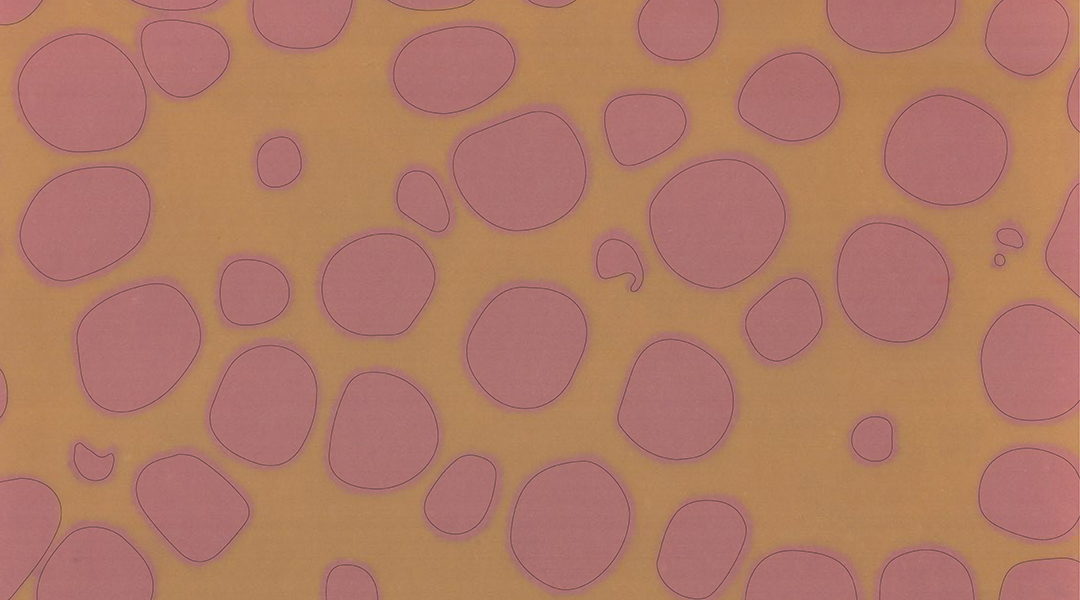
A new smart paint blends art and science
Scientists have designed a new paint formulation based on a natural pigment that changes color in response to sunlight.
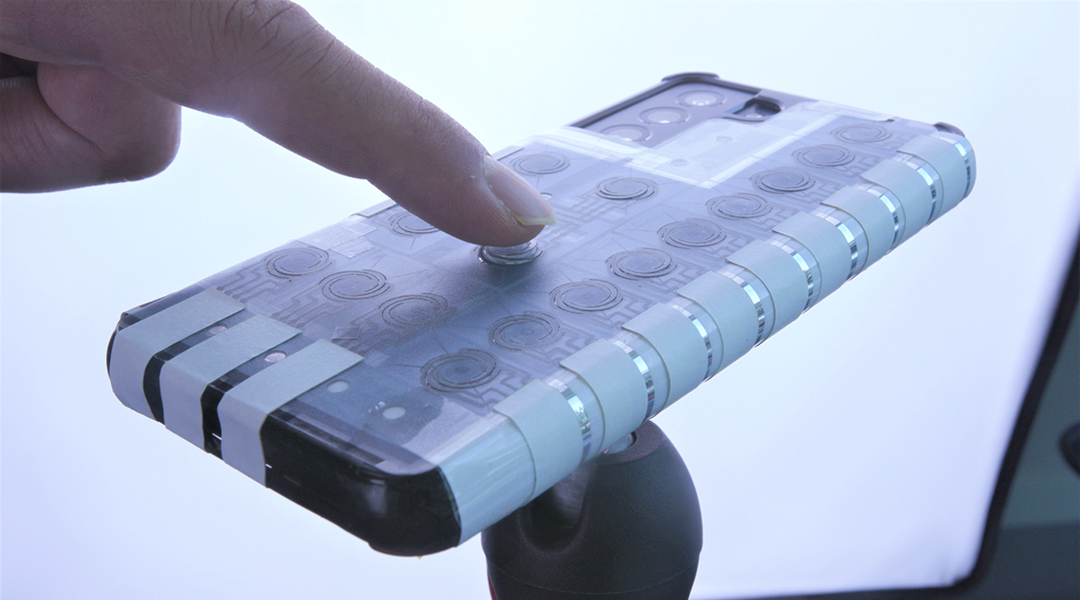
Clickable buttons that rise up anywhere on a touchscreen
PopTouch blends transparency and touch, bringing traditional tactile buttons to a world of flat screens and smooth surfaces.
Cellulose could replace plastics in flexible electronics
Discover how cellulose may revolutionize flexible electronics, replacing plastics in eco-friendly, sustainable substrates for innovative devices.
How label-free, super-resolution imaging will push microscopy’s limits
New research lays out the future of a pioneering form of electromagnetic imaging.
A new smart paint blends art and science
Scientists have designed a new paint formulation based on a natural pigment that changes color in response to sunlight.
Clickable buttons that rise up anywhere on a touchscreen
PopTouch blends transparency and touch, bringing traditional tactile buttons to a world of flat screens and smooth surfaces.
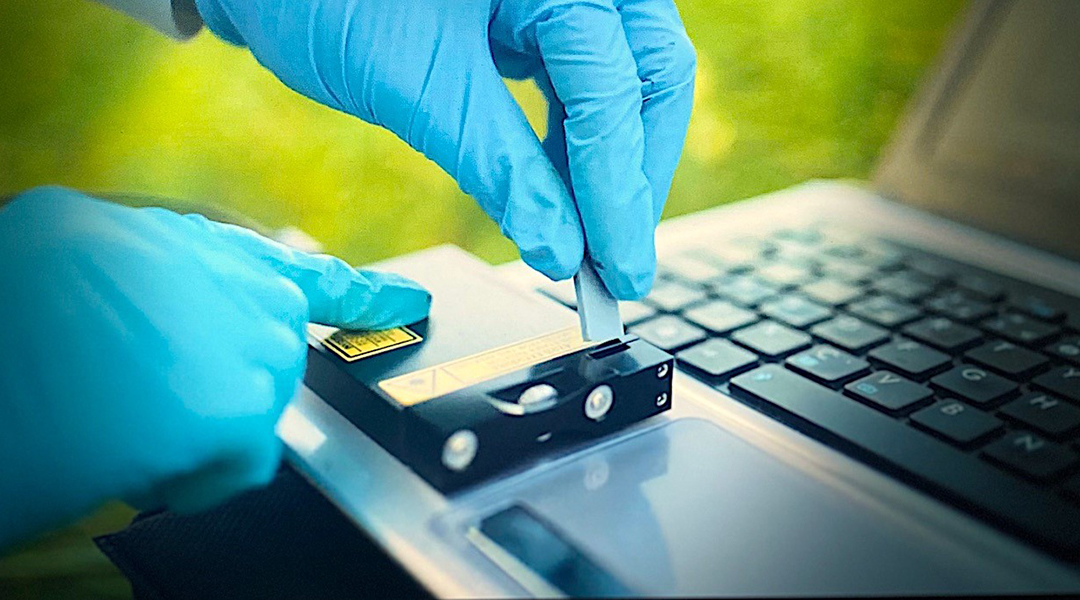
Portable 3D-printed sensor detects low concentrations of water pollutants
3D-printed sensor detects low concentrations of pesticides, offering a cost-effective and portable solution for water monitoring.
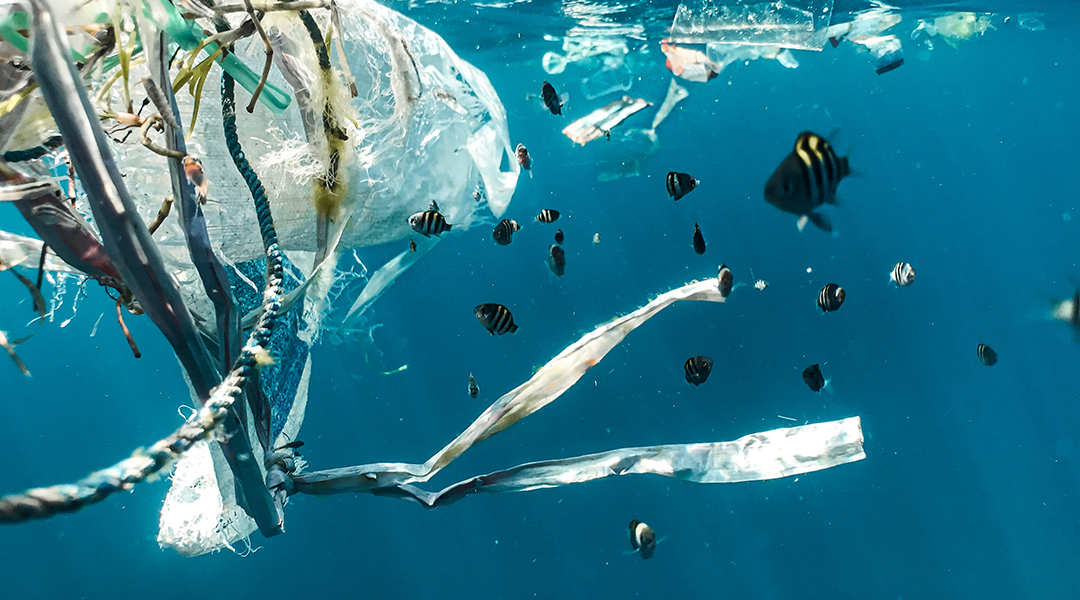
Testing the limits of mechanical plastic recycling
A new study looked at the extent to which plastics can be recycled using mechanical methods, finding good and bad news.
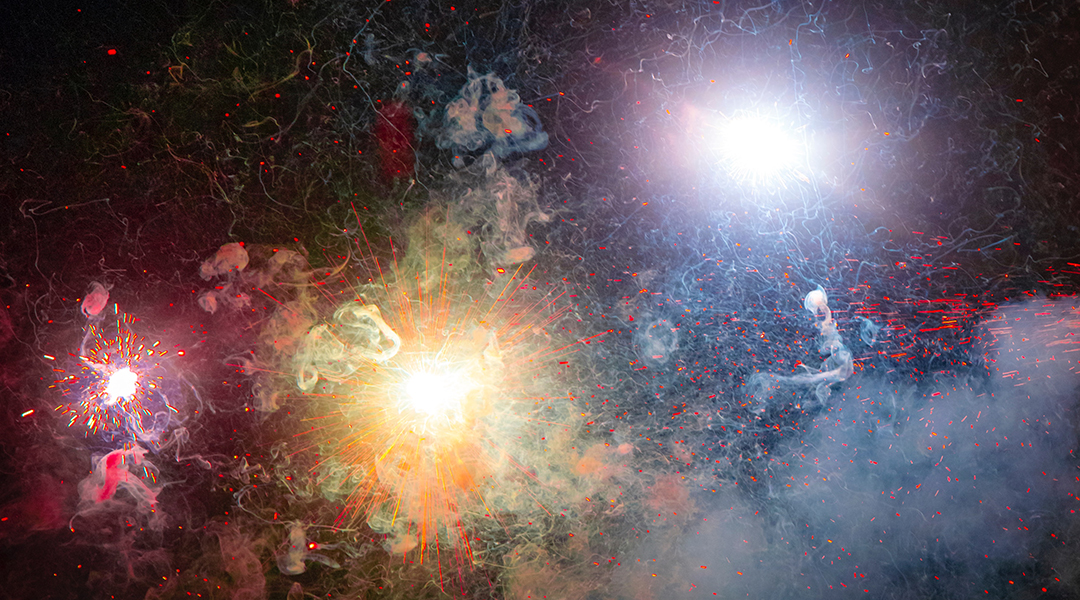
One step closer to sustainable fuels with a low-cost, solar-driven photoreactor
An innovative photoreactor concept achieves commercially viable performance indicators for a broad variety of solar-driven reactions.
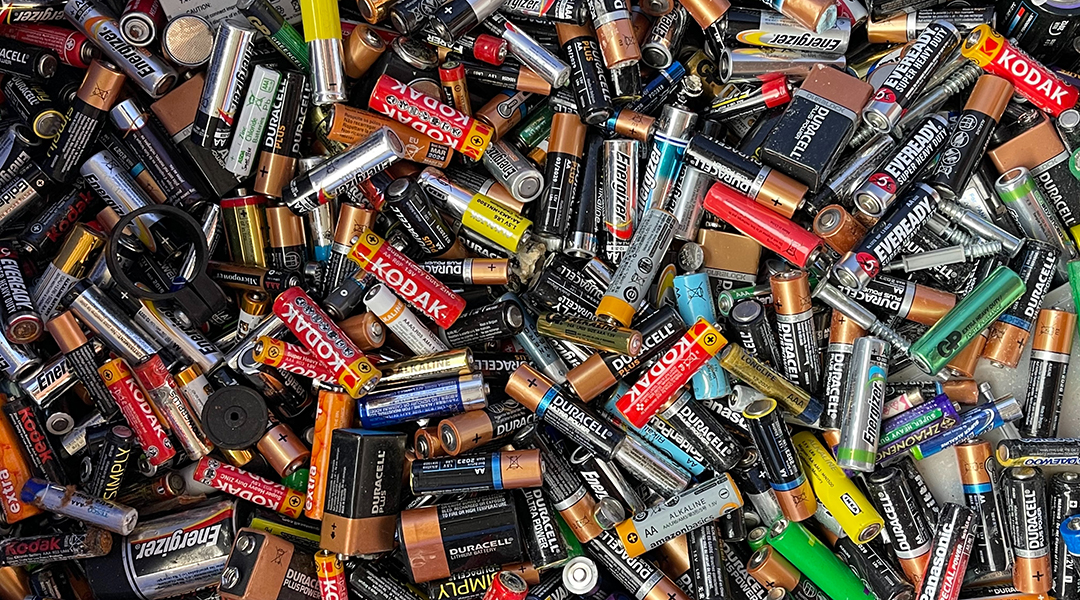
Tough but stretchable material could improve rechargeable lithium batteries
A tough gel electrolyte protects lithium metal anodes for safer and more efficient rechargeable batteries.
Portable 3D-printed sensor detects low concentrations of water pollutants
3D-printed sensor detects low concentrations of pesticides, offering a cost-effective and portable solution for water monitoring.
Testing the limits of mechanical plastic recycling
A new study looked at the extent to which plastics can be recycled using mechanical methods, finding good and bad news.
One step closer to sustainable fuels with a low-cost, solar-driven photoreactor
An innovative photoreactor concept achieves commercially viable performance indicators for a broad variety of solar-driven reactions.
Tough but stretchable material could improve rechargeable lithium batteries
A tough gel electrolyte protects lithium metal anodes for safer and more efficient rechargeable batteries.
No Results Found
The page you requested could not be found. Try refining your search, or use the navigation above to locate the post.
No Results Found
The page you requested could not be found. Try refining your search, or use the navigation above to locate the post.
No Results Found
The page you requested could not be found. Try refining your search, or use the navigation above to locate the post.
No Results Found
The page you requested could not be found. Try refining your search, or use the navigation above to locate the post.






